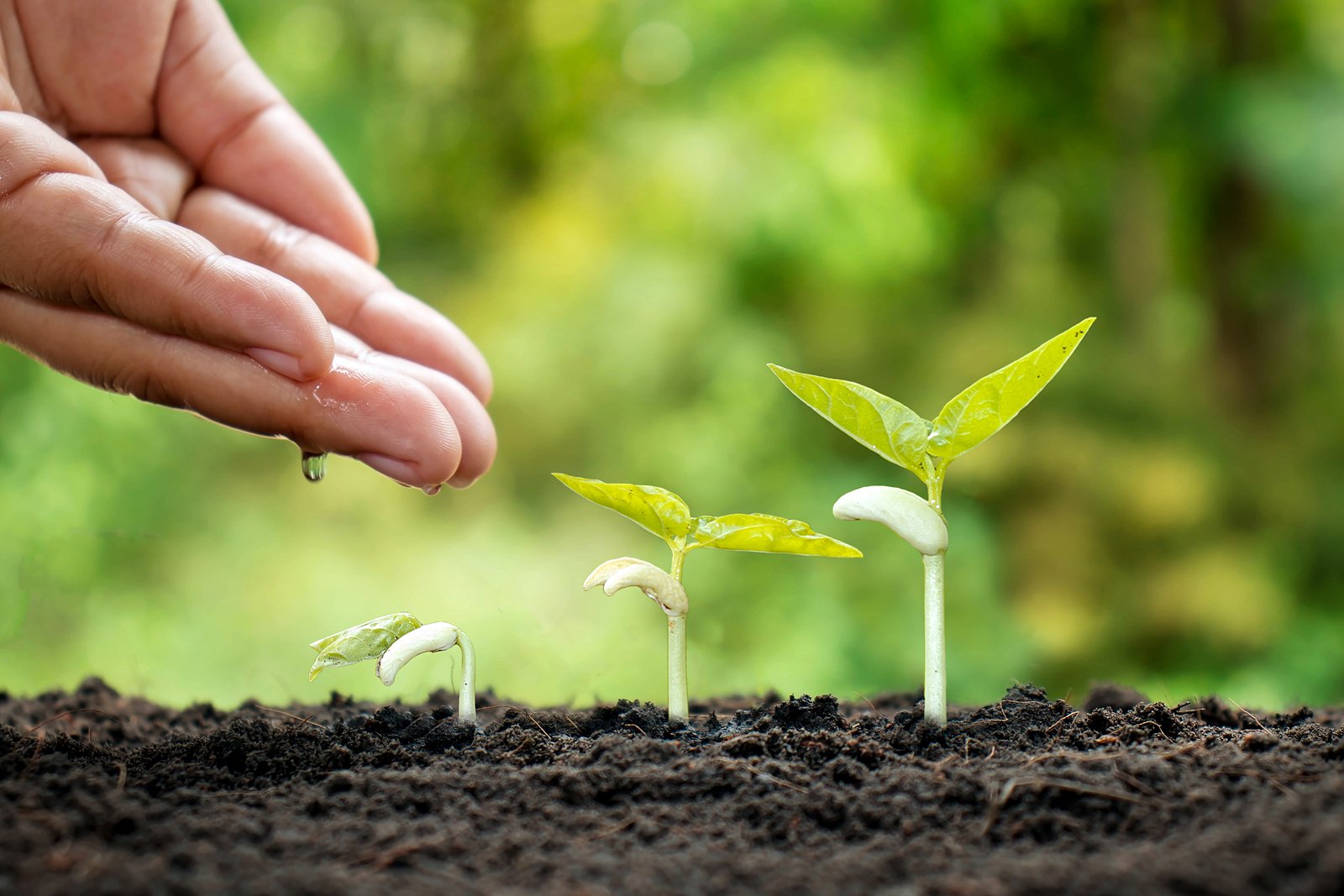You may have heard of The Negativity Bias? But what exactly is it and an even more interesting question – how do we manage it or overcome it?
Do you sometimes feel stuck thinking about unpleasant encounters you’ve had or setbacks you’ve endured?
When you read the news, do you find yourself drawn to the more depressing articles? As humans, we tend to be impacted much more by negative events than by positive ones.
This negativity bias can influence how we feel, think, and act, and can have some less than desirable effects on our psychological state. So, what does it look like, and how can we overcome it?
What is the Negativity Bias?
‘Negativity Bias’ refers to our proclivity to “attend to, learn from, and use negative information far more than positive information” (Vaish et al., 2008, p.383). We can think of it as an ‘asymmetry’ in how we process negative and positive occurrences to understand our world, one in which “negative events elicit more rapid and more prominent responses than non-negative events” (Carretié et al., 2001, p.75).
Among other things, it can explain why we often:
· Recall and think about insults more than compliments;
· Respond more – emotionally and physically – to adverse stimuli;
· Dwell on unpleasant or traumatic events more than pleasant ones; and
· Focus our attention more quickly on negative rather than positive information.
Even when we experience numerous good events in one day, negativity bias can cause us to focus on the sole ‘bad thing’ that occurred. It can lead us to ruminate on small things, worry over having ‘made a bad impression,’ and linger on negative comments.
It leads us to wonder about a few things. Where does this bias come from? Can we learn to spot examples of negativity bias in real life? And how can we avoid falling into the trap of getting caught up by the negative events that we experience?
Where Does it Come From?
Negativity bias is thought to be an adaptive evolutionary function. Thousands of years ago, our ancestors were exposed to immediate environmental threats that we no longer need to worry about – predators, for example – and being more attentive to these negative stimuli played a useful role in survival.
It’s hard to argue that negative biases aren’t still helpful in some circumstances, but as we grow and society develops, this hard-wired tendency is not as useful as it once was.
If you think about it – even our primary emotions are predominantly negative. Of the 6 primary emotions (anger, fear, happiness, surprise, disgust and sadness) – how many are positive???
Examples of the Negativity Bias
Have you ever been hung up on something terrible which happened earlier in the week, despite everything else going great? Our tendency to think more about negative events is another example of this bias in action. A 2009 paper by Larsen reviews ample evidence to suggest that negative emotions last longer than positive ones, that we tend to spend more time thinking about negative events, and that we often reason about them more.
This is likely related to learning and memory processes – the more attention we give to a stimulus or experience – the higher the likelihood that we’ll commit it to memory (Ohira et al., 1998).
How To Overcome the Bias?
Negativity bias is very much concerned with where we direct our attention. By directing more of our conscious attention toward the positive events and feelings we experience, we can begin to address the asymmetry of negativity bias.
And that requires practice. So, where do you start?
Self-Awareness and Challenging Negative Self-Talk
By checking up on yourself throughout the day, you can start to recognise any thoughts that are running through your mind – both helpful and unhelpful ones. You can also look at your own behaviours too, for a better understanding of what’s serving you and what isn’t.
From here, you can start to tackle these head-on, challenging them and replacing them with more useful ones. The ABC technique is one useful framework you can apply here – once you become aware of your Behaviours and the Consequences (B and C in the model, respectively), then you can work backward to think about what led to them (A for Antecedents).
What were you thinking before experiencing anger, resentment, or frustration? Was it negativity bias in action, perhaps? And how can you replace those thoughts with more positive ones?
Mindfulness: Breathing, Meditations, and More
Practicing mindfulness is one good way to become more attuned to your own emotions. Through guided meditations, reflection, and other mindfulness interventions, you can start to observe your feelings and thoughts more objectively.
Even more promising evidence comes from a 2011 study by authors Kiken and Shook, who found an increase in positive judgments and higher levels of optimism when participants practiced mindful breathing.
Cognitive Restructuring
When you catch yourself taking a negative view of situations, it often helps to practice cognitive restructuring by reframing the event or experience.
Savour the Positive Moments
When you stop and take some time to ‘drink in’ a positive experience, you’re savouring it and creating memories for the future. Building up your store of positive mental images and feelings helps you address the imbalance that negativity bias predisposes us to.
The next time you experience or create a positive moment, take a little longer than you usually would to enjoy it. Engage fully in the good sensations, happy thoughts, and pleasant emotions that you feel and make a note of what you enjoyed about it. When you go home, why not reflect on what just happened and turn the savouring skill into a habit?
Remember
We all face rejection, sadness, fear, and unhappiness. When we find ourselves getting stuck on the negative aspects of our lives, however, it helps to be aware of why we might be doing so. We may be evolutionarily hard-wired to focus on negative things, but it’s possible to re-train our brains to adopt more positive frames of reference and boost our well-being.
Positive psychology is not about eliminating negative thoughts and emotions from our everyday experiences – it’s more concerned with how we handle them. With an understanding of negativity bias, we can start to interact with adverse events, trauma, etc more adaptively.
This article was adapted from an article in PositivePsychology.com. You can view the full article here.
































